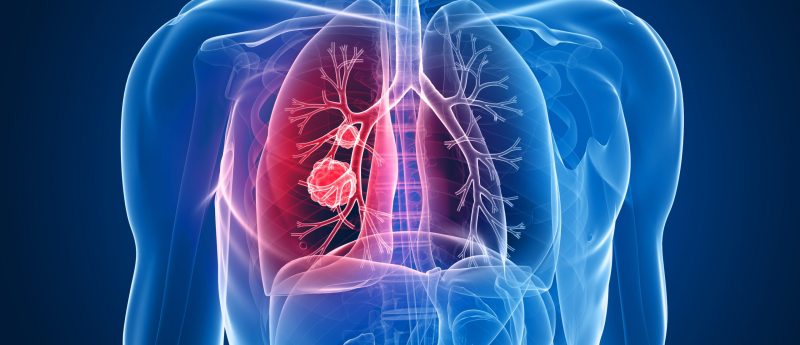Cost–effectiveness of a once-daily, triple-therapy inhaler for COPD

For the first time, researchers have evaluated the cost—effectiveness of a once-daily, triple-therapy-containing, single inhaler for the treatment of chronic obstructive pulmonary disease (COPD).
For the first time, an international team of researchers from the UK, USA and Canada has evaluated the cost—effectiveness of a once-daily, triple-therapy-containing, single inhaler for the treatment of chronic obstructive pulmonary disease (COPD).
COPD is a chronic inflammatory condition characterized by airflow restriction; COPD-associated mortality remains high despite the current management options available, which act to reduce symptom severity and improve individuals’ exercise tolerance.
Current Canadian Thoracic Society (Ontario, Canada) guidelines recommend patients switching to triple therapy — consisting of an inhaled corticosteroid, a long-acting muscarinic antagonist and a long-acting β2 adrenergic agonist — if they remain symptomatic despite receiving dual therapy treatment with a long-acting muscarinic antagonist plus a long-acting β2 adrenergic agonist.
Until recently, triple therapy administration could only be achieved through the use of multiple inhalers. Now however, a triplet therapy-containing single inhaler, which is only required to be administered once a day, has been licensed for COPD treatment in Canada. As treatment adherence with this single inhaler is superior compared with that associated with multiple inhalers, researchers in this study investigated the cost—effectiveness of this approach.
In this study, investigators employed data from the InforMing the PAthway of COPD Treatment (IMPACT) study; this trial represented a landmark investigation of the benefits and risks associated with a triple therapy — comprising fluticasone furoate (FF) + umeclidinium (UMEC) + vilanterol (VI) — compared with two double therapy regimens of either FF + VI or UMEC + VI. The IMPACT study population consisted of 10,355 individuals with moderate—severe COPD and a history of at least one disease exacerbation in the last 12 months.
Researchers employed a validated GALAXY model of COPD in their analysis, allowing their consideration of the associations between patients’ disease attributes, progression and outcomes.
Compared with either FF + VI or UMEC + VI double therapy combinations, FF + UMEC + VI triplet therapy was associated with lower disease exacerbations, and improved life year and quality-adjusted life year gains. Further, across all sensitivity analyses, FF + UMEC + VI remained cost effective compared with either doublet combination at a willingness-to-pay threshold of CAD$50,000 per quality-adjusted life year gain.
In the study, the authors stated: “FF + UMEC + VI is predicted to be cost effective in Canada for the treatment of patients with symptomatic COPD and a history of exacerbations. FF + UMEC + VI was more effective than FF + VI or UMEC + VI, resulting in improved health outcomes versus both comparators.”
The authors continued: “Although the cost of FF + UMEC + VI was higher than that of FF + VI or UMEC + VI, the finding that FF + UMEC + VI was cost effective versus both comparators over a lifetime horizon, and in numerous sensitivity and scenario analyses, indicates that this may be an appropriate investment of health service funds in Canada.”
Source:
Ismaila AS, Risebrough N, Schroeder M et al. Cost—effectiveness of once-daily single-inhaler triple therapy in COPD: the IMPACT trial. Int. J. Chronic Obstr. Pulm. Dis. 14; 2681—2695; (2019)
